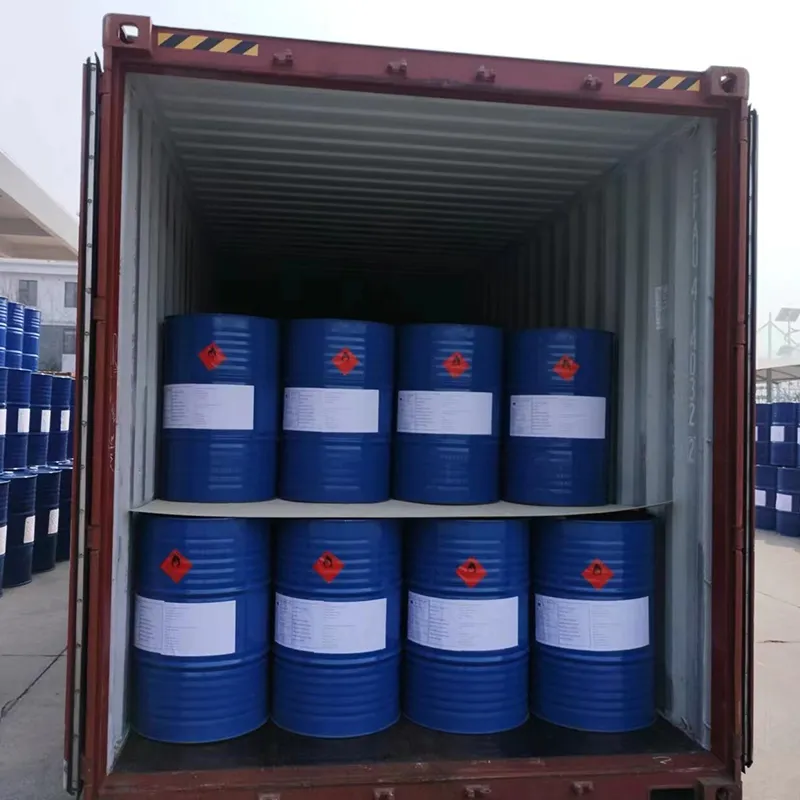
formic acid methanol
Formic Acid and Methanol An In-Depth Exploration
Formic acid, the simplest carboxylic acid, has the molecular formula HCOOH. It is a colorless liquid with a pungent odor and is soluble in water, alcohol, and ether. Historically, formic acid was discovered in the bodies of ants, from which its name is derived (from the Latin formica, meaning ant). This compound plays a significant role in various industrial and chemical processes. When mixed with methanol (CH₃OH), a simple alcohol, formic acid can potentially lead to interesting chemical reactions and applications.
Production of Formic Acid
Formic acid is typically produced through two primary methods the hydrolysis of methyl formate and the carbonylation of methanol. The former involves the reaction of methyl formate with water, yielding methanol and formic acid. This method is often favored in industrial applications due to its efficiency. On the other hand, the carbonylation of methanol involves the reaction with carbon monoxide under high pressure, producing formic acid as a key intermediate.
Properties and Characteristics
Formic acid possesses several notable properties, including its high boiling point, which is significantly higher than other small carboxylic acids. It has a strong affinity for water, making it a good solvent for a range of organic and inorganic compounds. Moreover, formic acid is known for its antimicrobial properties, which has led to its use as a preservative and antibacterial agent in various applications, including food preservation and agriculture.
Methanol, a light, volatile liquid, is produced primarily through the hydrogenation of carbon monoxide and is commonly used as a solvent, antifreeze, and fuel. The combination of methanol and formic acid is particularly intriguing for researchers and industries seeking sustainable practices, especially regarding energy and chemical production.
Methanol and Formic Acid Reaction
formic acid methanol

The reaction between methanol and formic acid is noteworthy, particularly in the context of their potential use as energy carriers. Under certain conditions, methanol can be converted into formic acid, and vice versa. This dynamic relationship presents a unique opportunity for creating renewable energy sources, particularly when contemplating the use of biomass and waste materials for these compounds’ production.
One promising area of study is the application of methanol and formic acid in fuel cells. Formic acid has been identified as a potential hydrogen carrier. In a fuel cell, formic acid can release hydrogen gas (H₂), which can then be utilized as a clean energy source. This process is not only environmentally friendly but also efficient, as it circumvents some logistical challenges associated with hydrogen storage and transport.
Applications and Industrial Uses
The applications of formic acid and methanol extend far beyond fuel cells. In the textile industry, formic acid is used in dyeing and finishing processes, helping to improve the quality of fabrics. It’s also employed in leather processing, contributing to the preservation and softening of leather goods. Furthermore, formic acid acts as a powerful reducing agent in a wide range of chemical reactions.
Methanol, on the other hand, is used extensively in the production of formaldehyde, which is a key ingredient in resins, plastics, and various chemical products. Its role as a solvent makes it invaluable in the pharmaceuticals and coatings industries.
Conclusion
In summary, formic acid and methanol are two fundamental compounds with a wide array of applications and significant potential in sustainable energy production. As research continues to explore their interrelationship and adaptability, these compounds may play a crucial role in the development of innovative solutions for reducing reliance on fossil fuels and enhancing industrial processes. The ongoing exploration of their properties and interactions underscores the importance of these compounds in achieving a more sustainable future. As science progresses, the potential applications of formic acid and methanol will likely expand, paving the way for novel technologies and practices across various sectors.
-
Pure Sodium Dichloroisocyanurate Dihydrate | Powerful DisinfectantNewsAug.29,2025
-
Industrial Chemicals: Quality & Purity for Every IndustryNewsAug.28,2025
-
Nitrile Rubber Honoring Strict Production StandardsNewsAug.22,2025
-
Aspartame Ingredients Honoring Food Safety ValuesNewsAug.22,2025
-
Fertilizer for Balanced Plant NutritionNewsAug.22,2025
-
Cyanide Gold Processing with High Purity AdditivesNewsAug.22,2025
-
Formic Acid in Textile Dyeing ApplicationsNewsAug.22,2025
Hebei Tenger Chemical Technology Co., Ltd. focuses on the chemical industry and is committed to the export service of chemical raw materials.
-

view more DiethanolisopropanolamineIn the ever-growing field of chemical solutions, diethanolisopropanolamine (DEIPA) stands out as a versatile and important compound. Due to its unique chemical structure and properties, DEIPA is of interest to various industries including construction, personal care, and agriculture. -

view more TriisopropanolamineTriisopropanolamine (TIPA) alkanol amine substance, is a kind of alcohol amine compound with amino and alcohol hydroxyl, and because of its molecules contains both amino and hydroxyl. -

view more Tetramethyl Thiuram DisulfideTetramethyl thiuram disulfide, also known as TMTD, is a white to light-yellow powder with a distinct sulfur-like odor. It is soluble in organic solvents such as benzene, acetone, and ethyl acetate, making it highly versatile for use in different formulations. TMTD is known for its excellent vulcanization acceleration properties, which makes it a key ingredient in the production of rubber products. Additionally, it acts as an effective fungicide and bactericide, making it valuable in agricultural applications. Its high purity and stability ensure consistent performance, making it a preferred choice for manufacturers across various industries.





